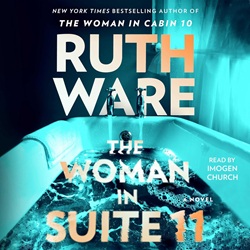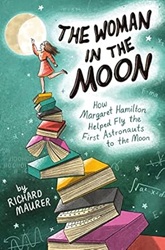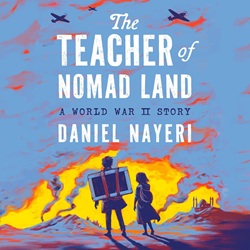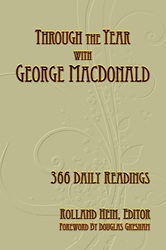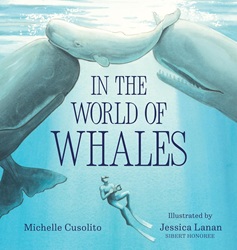Review of God Didn’t Make Us to Hate Us, by Rev. Lizzie McManus-Dail
40 Devotions to Liberate Your Faith from Fear and Reconnect with Joy
by Rev. Lizzie McManus-Dail
Tarcherperigee, 2025. 222 pages.
Review written December 17, 2025, from my own copy, purchased via Amazon.com
Starred Review
I don’t remember which book I was looking at on Amazon when this book came up as a suggestion – but the title delighted me, and I ordered it on the spot. I liked it even more than I expected to.
This is a book of 40 devotionals, with the final one about Easter – so it would be a good choice for Lent. But I enjoyed it at a totally different time of year, reading a devotional every few days. And I’ve recommended it to my church small group to read when we start up after the holidays. We’ll stretch it out through Spring, taking a break to do a churchwide study for Lent.
The message is, as you’ll guess from the title, affirming and uplifting. The devotionals are based on Bible stories, with a large number of them being stories about women. They end with a prayer. They aren’t about striving and gritting your teeth and trying not to disappoint God – they remind you how much God loves you already.
The Introduction talks about deconstruction and disillusionment with traditional theology, so yes, that’s partly why I liked it. Here’s a section from that Introduction:
So how do we melt away the fear?
I believe it begins here: by looking at the heavens, and looking at the dandelions in the cracks, and looking at scripture, and looking at God, and trying an older and wilder way of trust. It begins by saying: God did not make me to hate me; God made me to love me. God made me out of desire. God made me out of joy.
God is not so small-minded or vindictive as to make people in order to just . . . hate them. I mean, look at the sheer multitude of galaxies in the universe. The membranes of butterfly wings. The way a toddler’s teeth make the most crooked and sublime smile when they laugh. The dreamer-upper of these things isn’t an asshole. I just don’t buy it. The Bible doesn’t sell it, either; while full of challenging and complex stories that do dip into the lament and wrath of God, scripture on the whole has an undercurrent and over-arc of God’s delight in God’s people.
Something else I liked about this book was the author’s ability to help me see old stories in new ways. One example, talking about the story where Jesus told his disciples he was giving them his blood to drink, she reminded anyone who’s given birth that our babies feasted on our blood when they were in the womb, and blood converted to milk after their birth. We know about sustaining others with our very being. And that’s an image of how Jesus sustains his followers.
And, yes, this is another book I’ve marked up to make posts on my Sonderquotes blog. It will probably take me a long time to get all of them up, but it will give me more opportunities to mull on the wisdom found here. I do highly recommend this as a devotional book that will uplift and encourage you – and help you believe that God delights in you.
revlizzie.com
penguinrandomhouse.com
Find this review on Sonderbooks at: www.sonderbooks.com/Nonfiction/god_didnt_make_us_to_hate_us.html
Disclosure: I am an Amazon Affiliate, and will earn a small percentage if you order a book on Amazon after clicking through from my site.
Disclaimer: I am a professional librarian, but the views expressed are solely my own, and in no way represent the official views of my employer or of any committee or group of which I am part.
Subscribe for more reviews and talk about books.
Join the conversation: What did you think of this book?



